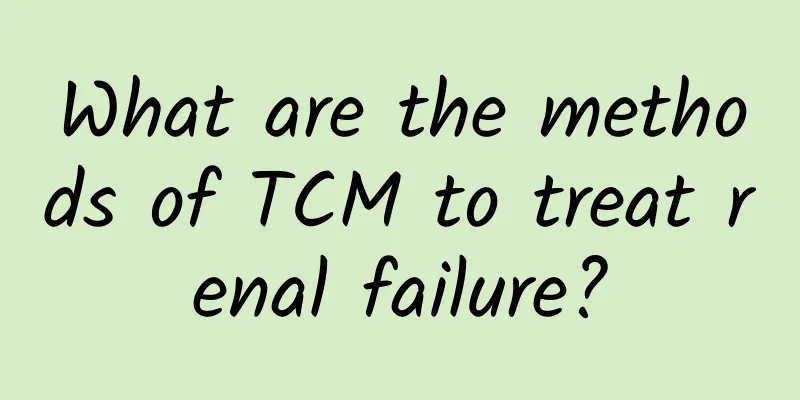What happens when teeth and gums separate?

|
In healthy people, the teeth and gums are tightly connected. If the teeth and gums are separated, it is possible that there is a dental disease. If the patient's symptoms are not obvious enough, they can be cured through regular treatment. This situation will increase the incidence rate with the increase of human age, and it will also induce the occurrence of periodontitis. So what is the matter with the separation of teeth and gums? First, what is going on when the teeth and gums are separated? In this case, the gums and teeth are separated because there is a lot of tartar and plaque in the mouth that presses on the gums, causing gingivitis. The gums and teeth are separated, the teeth are loose, and the gums are not necessarily atrophied. There is also a large amount of tartar, plaque, and gingival hyperplasia, which can also cause the gums and teeth to feel separated. Second, in the early stages of periodontitis, the gums become inflamed, bleed, and periodontal pockets form, which is what you call the separation of the gums and teeth. You need to go to the dental department for a thorough examination to rule out periodontitis. Periodontitis is a chronic inflammation of periodontal supporting tissues caused mainly by local factors. The age of onset is more common after 35 years old. If gingivitis is not treated in time, the inflammation can spread from the gums to the deeper layers of the periodontal membrane, alveolar bone and cementum and develop into periodontitis. Since there are often no obvious symptoms in the early stages, the disease is easily ignored. By the time symptoms appear, it is already quite serious and the teeth may no longer be saved. Therefore, it is necessary to strengthen education so that patients can seek medical treatment early and receive timely treatment. Third, symptoms of periodontitis. Early symptoms are not obvious, and patients often only have secondary gingival bleeding or bad breath, which are similar to the symptoms of gingivitis. During examination, the gingival margin, gingival papilla and attached gingiva may be swollen, soft, dark red or dark red in color, and easily bleed upon probing. As the inflammation spreads further, the following symptoms appear: Due to the destruction of periodontal tissue, especially when the absorption of alveolar bone is aggravated, the strength supporting the teeth is insufficient, resulting in loose teeth and displacement. At this time, patients often feel weak bite, dull pain, and worsening gum bleeding and bad breath. What happened when the teeth and gums separated? You can find the answer by understanding the above content. Ways to prevent and reduce systemic diseases include strengthening nutrition, improving the body's resistance, and thus enhancing the disease resistance of periodontal tissues; striving to keep the oral cavity clean and hygienic; and resolutely quitting bad habits that are harmful to periodontal tissues, such as smoking, drinking, and unilateral chewing. |
<<: What's wrong with the swelling of teeth?
>>: What should I do if my gums bleed and I have bad breath?
Recommend
The best way to treat baby's red buttocks
In daily life, if the mother does not take good c...
What is the disease of sweaty buttocks?
Sweating is actually a good thing. Sweating is a ...
How long after applying Sanfu stickers can I take a shower?
The temperature is high in summer, and the skin p...
Are thicker or thinner veins better?
Blood vessels are one of the most complex systems...
Severe fatty liver symptoms
The liver is a very important organ in our human ...
How to care for a baby who has just turned one month old?
When the baby is one month old, parents must take...
What should I do if my chin keeps getting pustules?
The formation of pustules is caused by infection ...
What is the effect of boiling Houttuynia cordata and red dates in water?
Red dates are a healthy food in our daily life. N...
Stomach drops during early pregnancy
After giving birth, women, especially first-time ...
Why are my eyebrow scabs so thick?
Eyebrow tattooing is currently loved by many fema...
Symptoms of Kidney Yin Deficiency and Dampness-Heat Constitution
Kidney Yin deficiency and damp-heat constitution ...
My heartbeat suddenly gets faster
The heart is the most important organ in the huma...
Raw walnut gastroenteritis
If you already have gastroenteritis, try not to e...
What disease is most contagious?
Among the infectious diseases in our country, cho...
Laryngeal cartilage dysplasia
Choking due to laryngeal cartilage hypoplasia is g...









